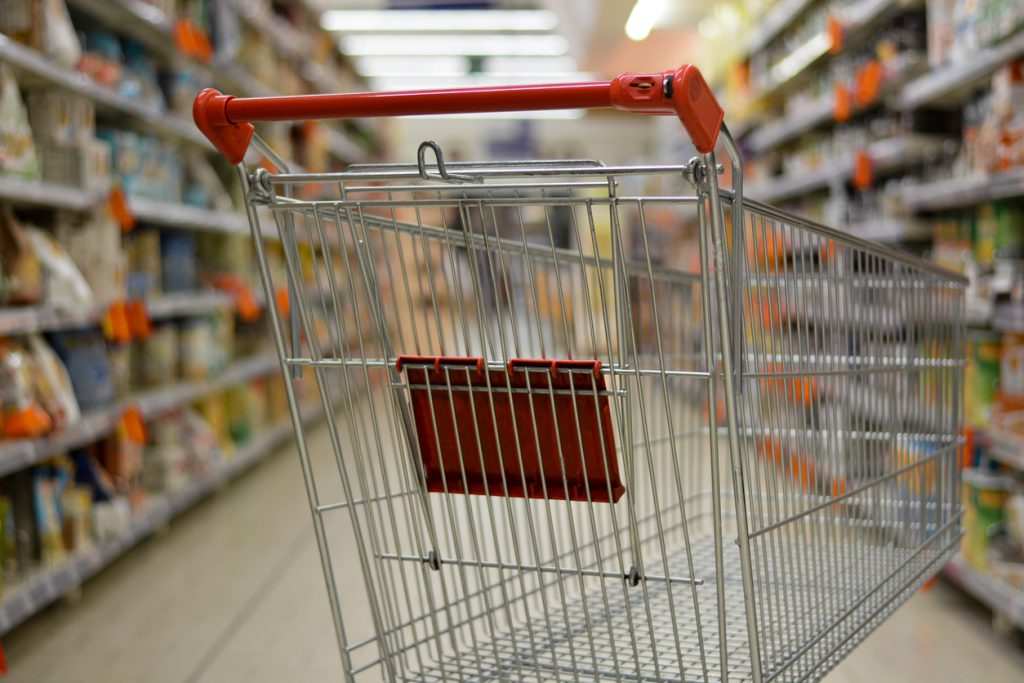Food prices driving inflation hike

Rising food prices have once again emerged as the main upward driver of the cost of living in Malta which has been on a constant rise since June last year. This worrying picture emerged from the latest retail price index data published by the National Statistics Office.
It transpires that in June, the 12-month moving average – which is used to calculate the Cost of Living Allowance (COLA) – reached 3.66% of which 2.15% is made up of the food index alone. The latter incorporates food prices ranging from supermarkets, groceries, take-aways and restaurants. Housing costs comprising rent expenses, materials and services for house maintenance were the second-highest contributors for the 12-month moving average with a rise of 1.17%.
Meanwhile the rate of inflation in June 2022 reached 6.21% which is 33 times higher when compared to the corresponding rate of February 2021 when the inflation rate was just 0.19%. Despite this spectacular rise, the government has been insisting that Malta has the lowest inflation rate in Europe. However, this argument has to be taken in context of the freeze in utility and fuel rates in Malta. To date the government is absorbing the rise in the international price of petrol, diesel and gas. If energy is taken out of the equation, Malta’s inflation rate would rank in the top half when compared to the rest of Europe. UHM Voice of the Workers has been consistently pointing out that when it comes to essential items like food, the situation in Malta is above the EU average. As a matter of fact, according to Eurostat the inflation in the food supply chain in countries like France, Sweden, Italy and Austria is significantly lower than in Malta.
This trend is also being reflected in an internal survey being carried out by UHM which is monitoring basic food prices in supermarkets since the turn of the year. In these cases food has gone up by up to 7%, which rate is understood to be higher in village stores due to economies of scale.
A deeper analysis of the inflation rate in June 2022 reveals that the highest annual rate was registered in the housing index which incorporates rent expenses which rose by 6.38%, materials for maintenance where the rise was more pronounced at 16.08% and services for house maintenance which also rose by 16.34%. As expected, other notable increases were food including restaurant services and take aways (9.99%), sports-related equipment 12.76% and veterinary services including pet food with 13.38%.
UHM Voice of the Workers has been calling for tighter government controls on price monitoring to help consumers make better choices in their shopping needs. Moreover, the union is insisting that in cases whereby increase in shipping costs were only temporary and have gone back down, prices should also go back down to prevent abuse.
